If you’re one of the “I hate long posts” people, just scroll through this post and admire the beautiful places in Romania.
The theory of Daco-Roman continuity argues that the Romanians are mainly descended from the Daco-Romans, a people developing through the cohabitation of the native Dacians and the Roman colonists in the province of Dacia Traiana (primarily in present-day Romania) north of the river Danube. Source
This trip is designed for a route by car. Here’s the map of the Daco-Roman route through Romania. If you scroll down the page you can see some more information about the sights and some beautiful photos. Do not forget your mobile phone with google maps or waze installed and an external battery. To feel safe, save the offline maps of the routes to access them even if you do not have internet connection.

Here's the link for the map.
My suggestion is to go through this route in 2 days so you can visit all the sights in the list and also be able to enjoy your Daco-Roman experience.
This is my recommendation for the two days:
First day:
- Dacian Fortress of Căpâlna ➜ 2. Sarmizegetusa Regia ➜ 3. Dacian Fortress of Costești ➜ 4. Bonus: The Corvin Castle ➜ 5. Ulpia Traiana Sarmizegetusa
Distance: 191 km/ 118.6 miles
Duration: 3 h 41 min just the car ride
Aprox. Budget: 430 lei/$ 108/couple (accommodation for one night + food + entrance fee for all sights + audio guide + gas/fuel) OR 486 lei/$ 122/family (includes all the above costs for two adults and one child)
Second day:
- Rock sculpture of Decebalus ➜ 7. Drobeta - Turnu Severin - Trajan’s Bridge ➜ 8. Bonus: Drobeta - Turnu Severin - Water Castle
Distance: 175 km/ 108.7 miles
Duration: 2 h 50 min just the car ride
Aprox. Budget: 530 lei/$ 134/couple (accommodation for one night + food + entrance fee for all sights + audio guide + gas/fuel) OR 630 lei/$ 159/family (includes all the above costs for two adults and one child)
Possible accommodation places:
Casa Dives
It has an outdoor pool, a wine cellar and a restaurant with terrace (has a score of 9.2 on the site) and Sibiu International Airport is 75 km away.
1. Dacian Fortress of Căpâlna
The Dacian Fortress of Căpâlna was one of the Dacian strategy objectives within the defense system built against the invasion of the Romans. Now, there's only part of the monument's walls that can be visited by all tourist (for free). Do not expect to find an imposing image with walls, towers and gates, the charm of the fortress comes from the strange view of the ruins.
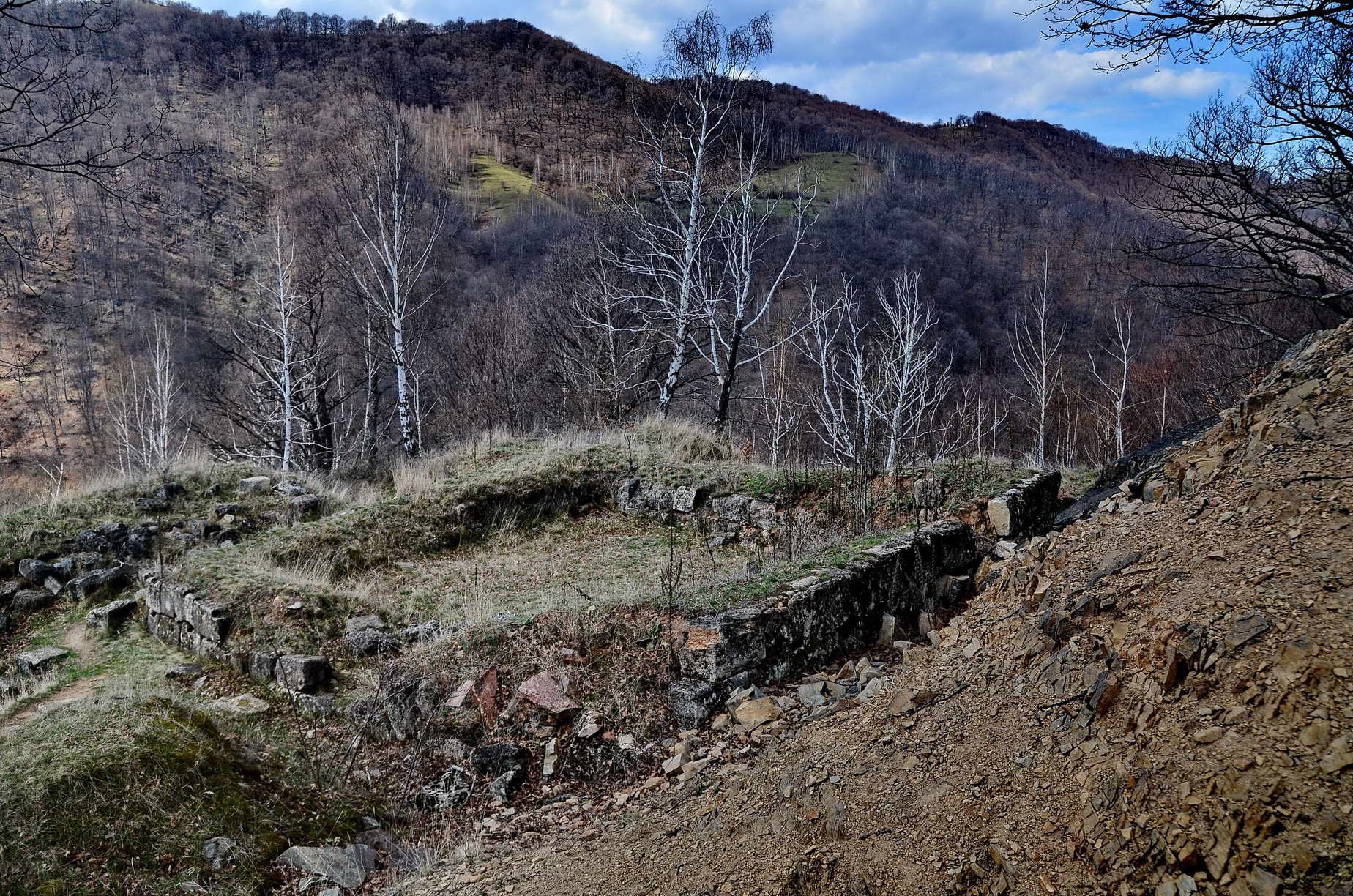
2. Sarmizegetusa Regia
Sarmizegetusa Regia is part of the complex of the Dacian fortresses in the Orăştie Mountains. It’s the largest Dacian settlement, being stretched on a hill with a length of approximately 4.5 km. Hidden in the dense forests of the Carpathians, Sarmizegetusa Regia is one of the oldest, most surprising and mysterious historical attractions in Romania. The capital of ancient Dacia more than two millenniums ago, it’s one of the six Dacian fortification systems included on the UNESCO World Heritage Sites and a must-see for history enthusiasts.
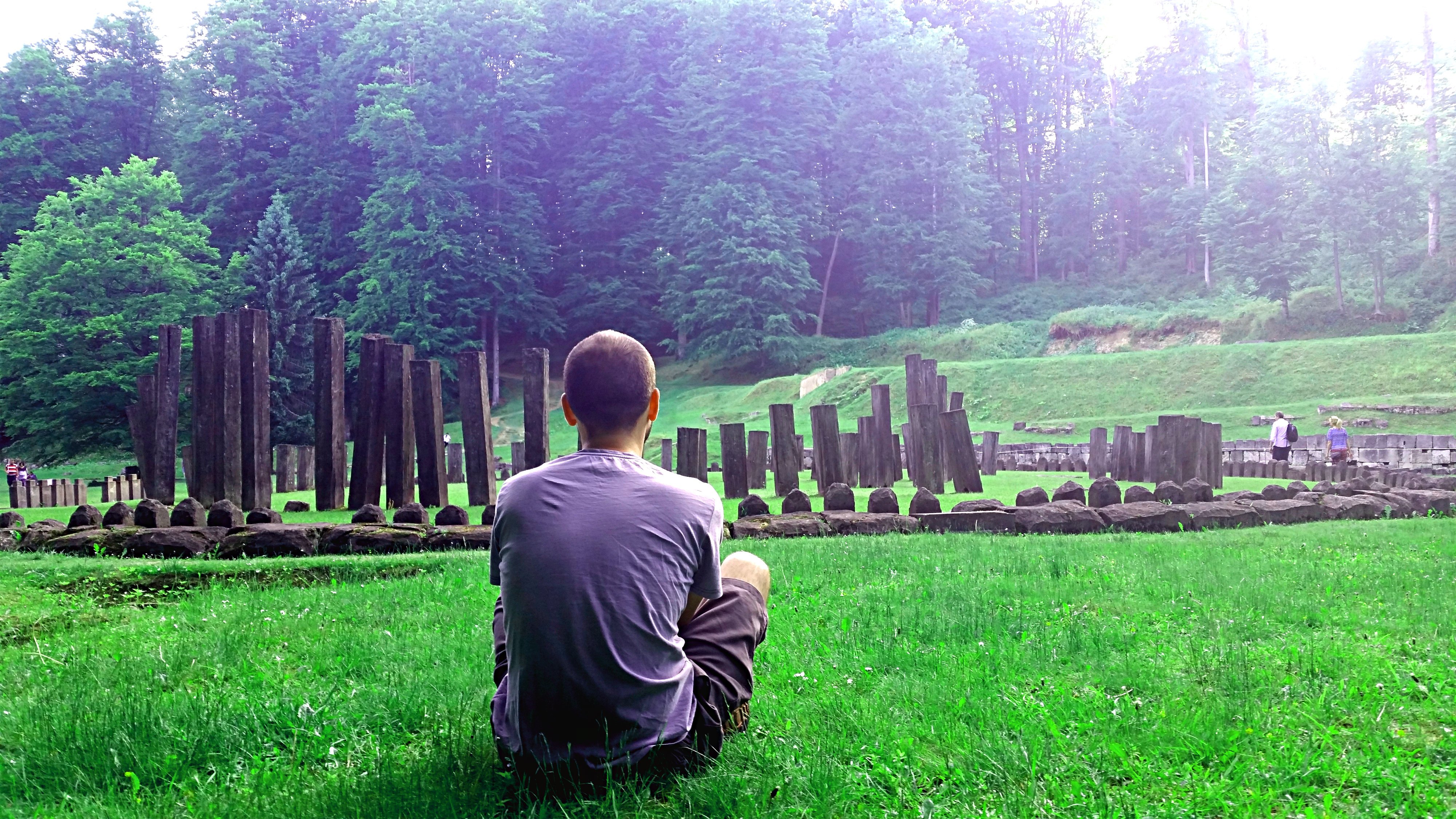
In 2012 a team from BBC and Discovery launches the hypothesis that Sarmizegetusa Regia was not just a fortress. It was set on terraces cut at the top of the mountain, according to all the norms of the urban planning of the time, by the most skilled masters of the ancient age.
There is evidence of the existence of a much larger camp than it was known before, built by conquerors after the first Daco-Roman war and abandoned before the Second War.
If you’re eager to see some of the Dacian fortress Sarmizegetusa Regia, it can be visited virtually on the site.
And here is a 3D virtual reconstruction of the complex:
Additional Info
You can visit the Sarmizegetusa Regia complex as follows:
🕒 from May 1 to September 30, daily from 09.00 to 20.00
🕒 from March 1 to April 30 and October 1 to November 30, daily between 09.00 to 18.00
🕒 between December 1 and February 28/29, daily between 10:00 and 15:00 only if the weather allows.
❕ The last entrance of the tourists in the area is 30 minutes before the closing time.
Entrance fee:
💵 Adults - 10 lei/$ 2.5
💵 Students/Senior citizen - 5 lei/$ 1.3
💵 Audio guide - 20 lei/$ 5 (available in Romanian and English language)
❕ I strongly recommend the audio guide
💵 Shooting and commercial photography fee - 300 lei/$ 76/hour
3. Dacian Fortress of Costești
Costești Fortress is considered by archaeologists to be the oldest Dacian settlement in the Orăştie Mountains. It was built in the time of King Burebista and served as a military fort, but also as a residence for the Dacian commanders. It was devastated by the Romans in the years of the conquest wars of Dacia (101-106).
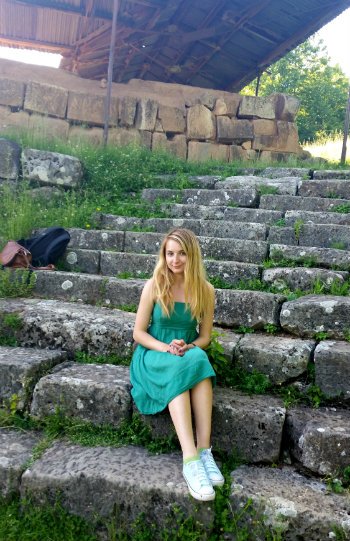
Take a walk through the ruins and meditate, listen to birds sing and the wind blowing through the trees. This place is very quiet, it’s not visited by tourists, probably because they don’t know about it.
And here is a 3D virtual reconstruction of the complex:
4. Bonus: The Corvin Castle
After the previous walk through nature, you deserve a bonus - the fairytale castle! 🏰
The Corvin Castle in Hunedoara has a history of over six centuries and is now one of the most visited monuments in Romania. It is also one of the largest castles in Europe and figures in a list of the seven wonders of Romania.
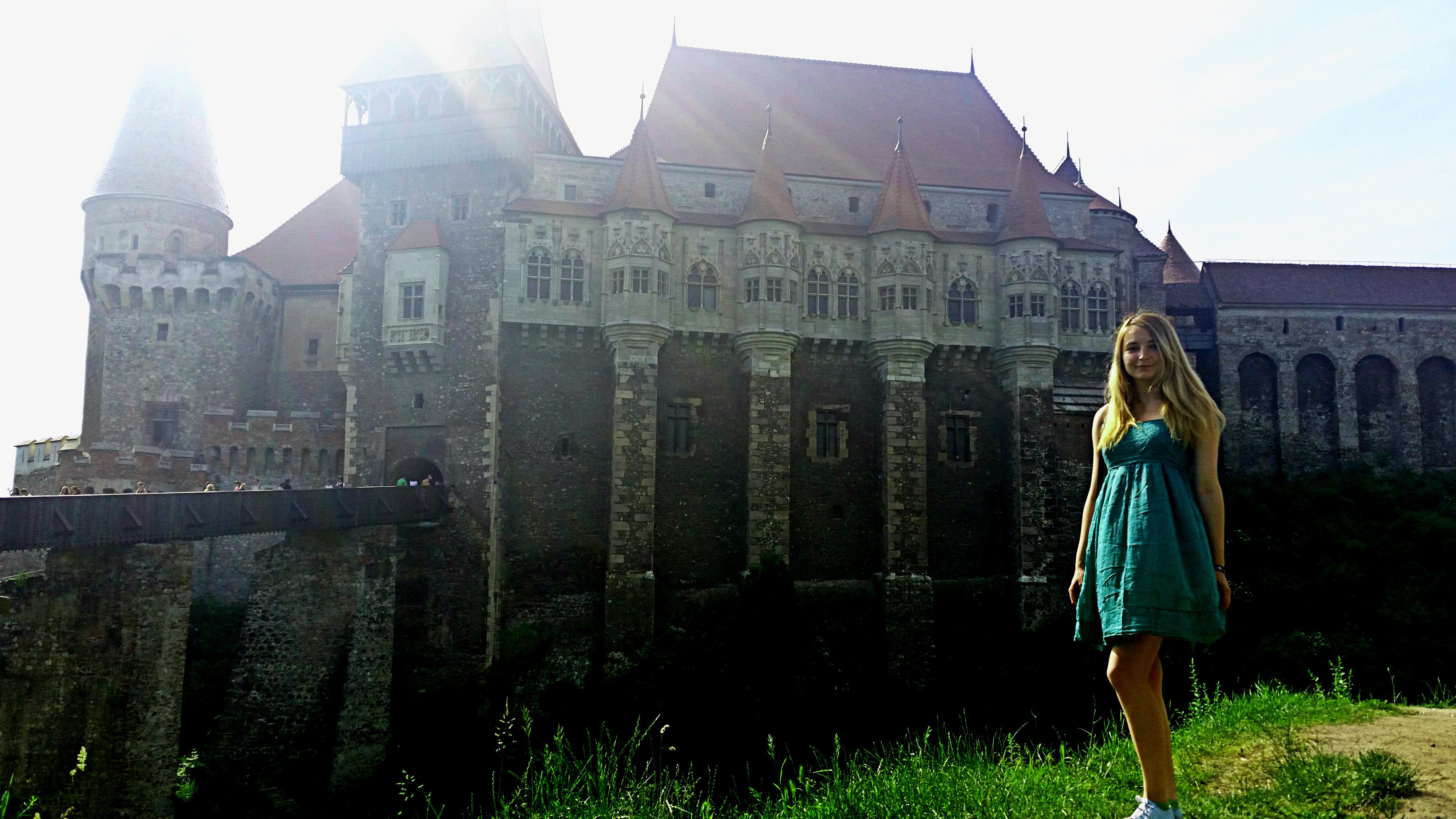
And if you're wondering if this castle has anything to do with our thematic route, you should know that it has! The excavations carried out by specialists in the early 2000s in the castle garden led to the discovery of the Dacian cemetery. Near the castle, at the Museum of Archeology, History and Ethnography were opened exhibitions in which visitors can see two tombs of Dacian origin, but also tools and ornaments from the oldest times (Entrance to the Museum is free).

Additional Info
You can visit the Corvin Castle as follows:
🕒 from May 1 to September 30, Monday from 12.00 to 20.30, Tuesday to Sunday from 09.00 to 20.30
Entrance fee:
💵 Adults - 20 lei/$ 5 (January, February, November, December); 25 lei/$ 6.3 (March, April, September, October); 30 Lei/$ 7.6 (May, June, July, August);
💵 Students - 5 lei/$ 1.3
💵 Senior citizen - 10 lei/$ 2.5
💵 Photographing tax - 5 lei/$ 1.3
💵 Video tax - 15 lei/$ 3.8
💵 Guide - 30 lei/$ 7.6 for Romanian language; 50 lei/$ 13 for English;
💵 Audio/portable guide - 6 lei/$ 1.5
❕ I strongly recommend it - You should have a pair of headphones with you, because they don’t always have them.
❕ The last entry is 45 minutes before the closing time.
Where can you eat after the castle tour:
Restaurant Rustic
It's near the castle. It’s #1 on TripAdvisor. It offers traditional Romanian dishes that respect classical artisan techniques with quality ingredients (That's what they say on their official website).
OR
Restaurant WERK
It's also near the castle. That’s #3 on TripAdvisor, but I’m talking from my personal experience when recommending it. After I took the castle tour I ate at this restaurant some soup and it was absolutely delicious.
OR
ArtMotel & ArtGrill Bistro in Hațeg
If you are tired or think that you can’t finish this day’s tour, you can also sleep in this location and visit the last sight next day in the morning.
5. Ulpia Traiana Sarmizegetusa
The ruins of the Ulpia Traiana Sarmizegetusa Colony, the capital of Dacia after it’s conquest by the Romans. Just 40 kilometers away were the ruins of the old capital, Sarmizegetusa Regia.
On the territory of the Sarmizegetusa village in Hunedoara, the Romans built more than 2.000 years ago a flourishing fortress with rustic villas, Roman farms, thermal baths, homes and many other buildings whose ruins are still discovered periodically after research. Sarmizegetusa was the only Roman colony founded by Emperor Trajan, and it is estimated that only 5% of its ruins have been discovered so far.
95% of the old Roman city is yet to be brought to light, say Romanian archaeologists working on Sarmizegetusa Ulpia Traiana.
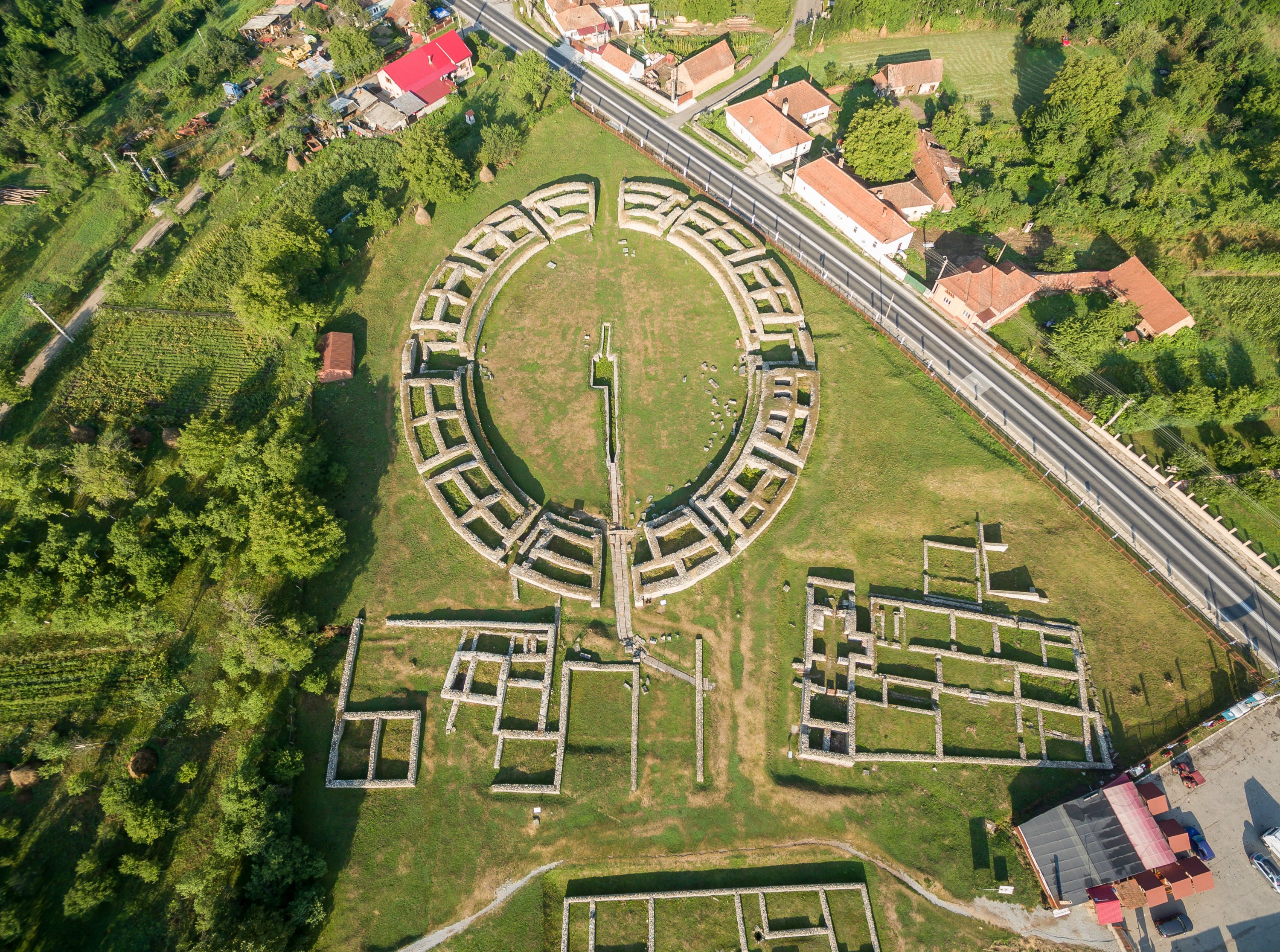
Additional Info
You can visit the Ulpia Traiana Sarmizegetusa as follows:
🕒 Tuesday to Sunday from 10.00 to 18.00
Entrance fee (it includes the entrance in the complex and also visiting the nearby museum):
💵 Adults - 10 lei/$ 2.5
💵 Children/students/senior citizen - 2 lei/$ 0.5
Possible accommodation places:
You either stay for the night at ArtMotel after visiting all the sights in the list for the first day, or you can opt for a 2h trip till Orșova and stay over night there.
The View Apartment
It’s a low budget - awesome experience place. I stayed in this apartment and I was impressed. From all the two rooms you can see on the window a beautiful view with the Danube. It’s very clean and you can find hotel-like “details”: towels, very soft bathrobes, shampoo and soap, in each room there is air conditioner and if you want, you can brew some coffee in your room. There is also free parking and free WiFi!
OR
Casa Domo Orșova
Top location: rated with a score of 9.2 on bookin.com. It offers a private beach area with a seasonal outdoor pool, has barbecue facilities and offers free WiFi and free private parking.
6. Rock Sculpture of Decebalus
The rock sculpture of Decebalus is a 42.9 m in height and 31.6 m in width carving in rock of the face of Decebalus, the last king of Dacia, who fought against the Roman emperors Domitian and Trajan to preserve the independence of his country, which corresponded to modern Romania. The sculpture was made between 1994 and 2004, on a rocky outcrop on the river Danube, at the Iron Gates, which form the border between Romania and Serbia. It is located near the city of Orșova in Romania. It is the tallest rock relief in Europe. Source
You can get to see the statue via an 1 hour Danube ride with a fast boat from Orșova and also see many other things than just this carving. You can also get by car as well, and there is a bridge and pull-outs so you can stop and see it, but the boat is a better view.
💵 Boat ride ticket: 50 lei/$ 13/person
❕ If you walk on the pedestrian by the Danube, you will find plenty of fast boats and boats that organize trips on the Danube.
You will visit following: Decebalus sculpture, Gulf of Dubova, Ponicova cave, Veterani cave (6 lei/$ 1.5 separate entrance ticket), Mraconia Bay, Tabula Traiana (objective located on the Serbian side of the Danube).
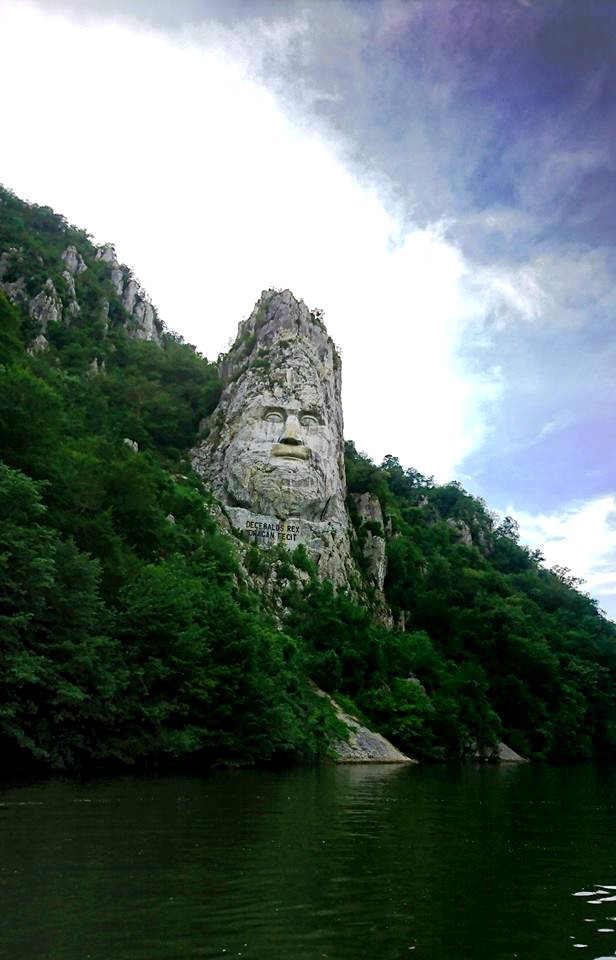
7. Drobeta - Turnu Severin - Trajan’s Bridge
Trajan's Bridge was built by greek architect Apolodor of Damascus in less than two years, on the Lower Danube near the town of Drobeta Turnu Severin. The purpose of the construction was to facilitate the transport of the Roman troops led by Trajan and the supplies necessary for the second campaign to conquer Dacia of King Decebal. The Roman bridge at Drobeta Turnu Severin was one of the most grandiose constructions of its kind in antiquity.
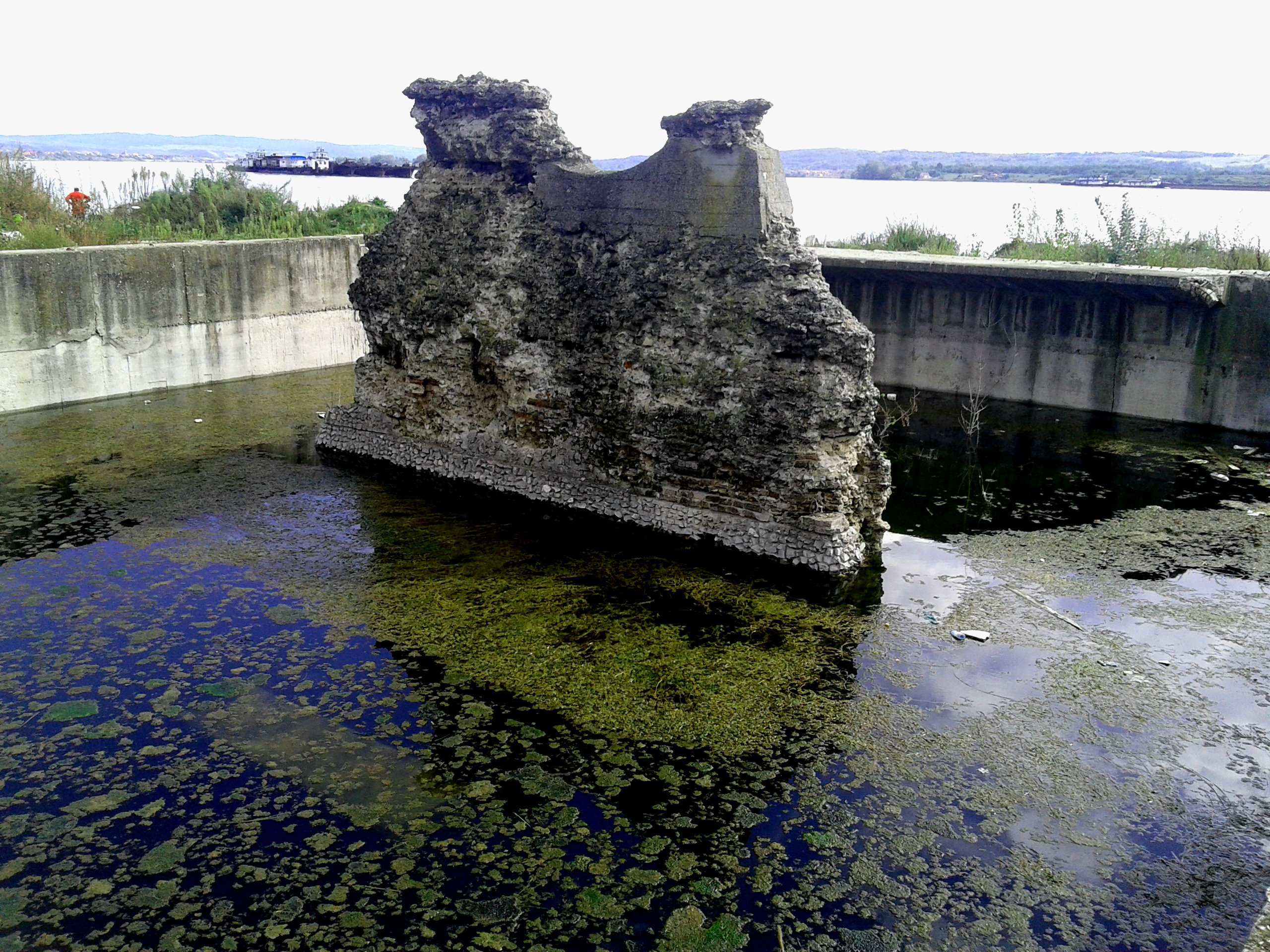
If you took the board ride from Orșova, you saw on the Serbian side a Roman memorial plaque ("Tabula Traiana"), commemorating the completion of Trajan's military road.
It reads:
IMP. CAESAR. DIVI. NERVAE. F
NERVA TRAIANVS. AVG. GERM
PONTIF MAXIMUS TRIB POT IIII
PATER PATRIAE COS III
MONTIBVS EXCISI(s) ANCO(ni)BVS
SVBLAT(i)S VIA(m) F(ecit)
The text was interpreted by Otto Benndorf to mean:
Emperor Caesar son of the divine Nerva, Nerva Trajan, the Augustus, Germanicus, Pontifex Maximus, invested for the fourth time as Tribune, Father of the Fatherland, Consul for the third time, excavating mountain rocks and using wood beams has made this road.
The Tabula Traiana was declared a Monument of Culture of Exceptional Importance in 1979, and is protected by the Republic of Serbia.
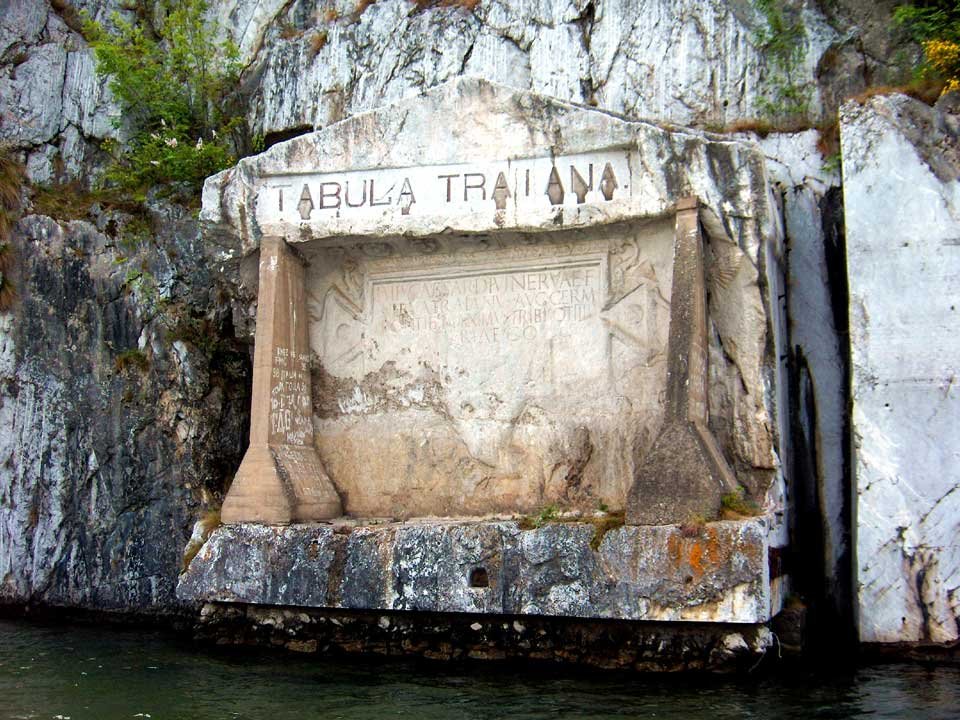
8. Bonus: Drobeta - Turnu Severin - The Water Castle
The tower was built in 1910, when at that time it supplied the city of Turnu Severin with water and operated until 1980. The Water Castle is 27 meters high and is structured on several levels, where you can find exhibitions, an art gallery and a tourist information point. The Water Castle offers a unique view of the city. Tourists have two variants of reaching the top of the Tower, either shorter with the help of a lift, or climbing a few hundred steps, a view that’s worth the effort.
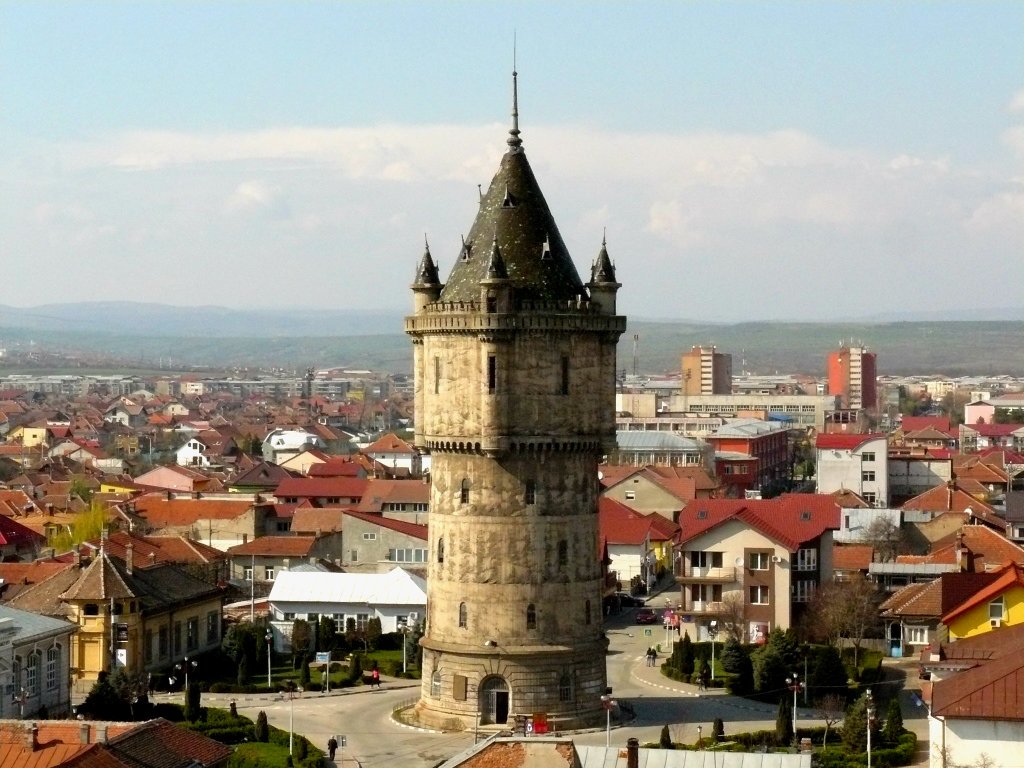
Since the last part of the Danube route deserves to be explored both on the Romanian side as on the Serbian side, I will soon post a one-day route where you will discover one of the most beautiful places on earth. Stay tuned steemians!
P.S. I’m posting some photos of my own but I will not always do so, because I don’t own a camera and I’m shooting all the pictures with my cell phone. When I’ll raise enough money, I'll buy a more professional one and one day all my content will contain just photos that I shoot.
Some other posts that you might like:
